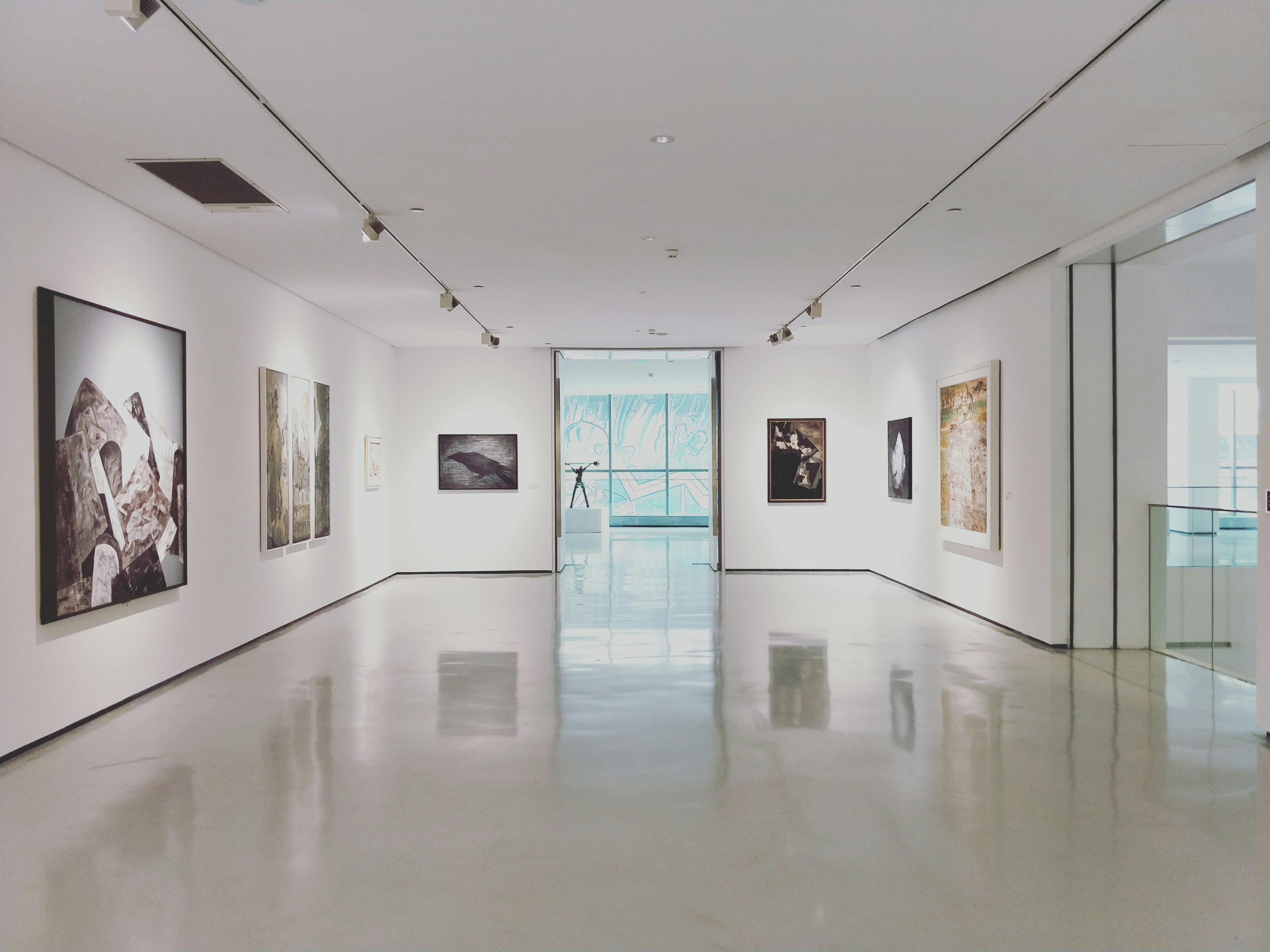
ART AND PHILANTHROPY: INSIDE THE WORLD OF ART FOUNDATIONS
On the contemporary art scene there are realities that work to protect and promote culture, but they are often less well known than many other actors in the same field: these are foundations.
From the United States to Europe, from Asia to the African continent, foundations are the beating heart of a large part of the art world: they finance temporary exhibitions, lend works to museums and other institutions, award prizes and support emerging creatives.
In the following lines, we will delve into their structure and types.
Who knows if, after reading this, some artist might take them into greater consideration to give their career a boost ?!

ART FOUNDATIONS: WHAT THEY ARE
Let us start with the legislative aspect: foundations are organisations with private legal personality, governed by the Civil Code, which use their assets for the realisation of a lawful purpose of collective interest. In the artistic sphere, their purpose is the dissemination, enhancement and promotion of art forms and/or artists.
It is therefore a foregone conclusion that, from the moment it is established, such an organisation has an art collection or is endowed with assets enabling it to pursue its aims.
Foundations are managed by a board of directors and often see the light of day thanks to the insight and patronage of individual collectors, wealthy families, companies or artists with the aim of perpetuating their cultural heritage or promoting specific causes.
Having said this, it is good to remember that, beyond the similarity of intentions and operational scope, there are various types of foundations, even if it is difficult to find real definitions on which there is unanimous agreement: we have tried to provide some clarity.

ART FOUNDATIONS: TYPOLOGIES
Foundations dedicated to a single artist: they are created to preserve, archive and promote the work of a creative artist. Emblematic examples are the Lucio Fontana Foundation, the Arnaldo Pomodoro Foundation or the Piero Manzoni Foundation. Very often these organisations also foster projects to support emerging artists by developing competitions that are relevant to the poetics and practice of the subject they support.
Foundations for the promotion of an artistic medium: established to support the dissemination and development of a specific creative form such as the Fondazione Fotografia di Modena, later merged into the broader Fondazione Modena Arti Visive: a true centre of cultural production and professional and educational training aimed at disseminating contemporary art and visual culture.
Corporate Foundations: set up by public or private companies to support their social responsibility policies, as well as to preserve and enhance the cultural heritage of the corporate such as the Pirelli Foundation.
Banking foundations: their exclusive purpose is social utility and economic development and they are closely linked to the territory in which they operate. We are thinking, for example, of the Cariplo Foundation and the numerous contributions it makes in support of art and culture.
Family' foundations: founded by the will of one or more persons linked by kinship ties in order to pursue social aims or to preserve and give continuity to a part of the patrimony, always to be used for solidarity purposes. Think of the Sandretto Re Rebaudengo Foundation.
Participating foundations: atypical legal entities that embody elements of a foundation and an association. They are formed by several entities, public or private, that share the same purposes. An example of this in the cultural sphere is FondArc, Fondazione di Partecipazione Arte & Cultura in Velletri.
Foundations set up by collectors: they aim to disseminate small or large private collections to a wider public, such as the Fondazione Alberto Peruzzo in Padua.
Thus, in recent years, foundations seem to embody the preferred mode of organisation for collectors, large entrepreneurs linked to the art world and even museums, which thus benefit from a more agile management structure: the opportunities for emerging creatives have thus become truly multiple.
 Isabelle Cornaro, Paysages XIV (detail), 2024. View of the exhibition ‘Mother, Laws, Matters’ at Fondazione Giuliani, Rome, 2024. Photograph by Roberto Apa. Courtesy the artist and Fondazione Giuliani.
Isabelle Cornaro, Paysages XIV (detail), 2024. View of the exhibition ‘Mother, Laws, Matters’ at Fondazione Giuliani, Rome, 2024. Photograph by Roberto Apa. Courtesy the artist and Fondazione Giuliani.
Just think of the Giuliani Foundation for Contemporary Art, founded in 2010 by the collectors Giovanni and Valeria Giuliani under the direction of Adrienne Drake, dedicated to the support, research and exhibition of current creativity. Specifically, artists who have never exhibited in Rome before are invited to hold a solo exhibition, including works developed specifically thanks to the Foundation, which produces a monographic catalogue.
Then there is the Giuliani Collection, which takes the form of a legally distinct entity that creative artists very often draw on for inspiration.
 Una Boccata d’Arte 2024, Virginia Russolo, Campanacci del solstizio (Sos sonazos de primu istíu), Sedilo, Sardegna. Courtesy: Fondazione Elpis. Ph Gianluca Muscas.
Una Boccata d’Arte 2024, Virginia Russolo, Campanacci del solstizio (Sos sonazos de primu istíu), Sedilo, Sardegna. Courtesy: Fondazione Elpis. Ph Gianluca Muscas.
Another interesting project is the one set up by the Elpis Foundation called "Una Boccata d'Arte". Opened in 2020 by the entrepreneur and collector Marina Nissim, the Foundation's aim is to support young artists by means of exhibitions, residencies, educational activities and projects throughout the country.
Thanks to Galleria Continua and Threes, "Una Boccata d'Arte" involves 20 artists of different nationalities, 20 Italian villages and 20 curators each year to realise as many contemporary art projects in dialogue with the territory and the local community.
So, as we have described so far, foundations publish books, catalogues and critical essays, contributing to the dissemination of knowledge about art and its protagonists, organise conferences, workshops and educational programmes involving not only insiders but also a wide public, bringing people closer to creativity and stimulating cultural debate.
At a time when culture is in danger of being commodified, their role is therefore more important than ever: they represent a space where culture is supported and promoted for its intrinsic value, rather than for its commercial potential.
They are ultimately the guardians of a cultural wealth that belongs to all of us.
A radio and television personality, digital content creator, writer for various newspapers and author of the book ‘Arte Queer. Corpi, segni, storie’ published by Rizzoli, Elisabetta Roncati has decided to combine a university business/management education and a passion for culture with a single goal: to bring people closer to art in a clear, easily understandable and professional manner. Interested in all forms of artistic and cultural expression, contemporary and otherwise, she has two great passions: non-European art and civil rights. In 2018 she founded the registered trademark Art Nomade Milan with which she is involved in digital dissemination on the main social media (Instagram and Tik Tok @artnomademilan).



